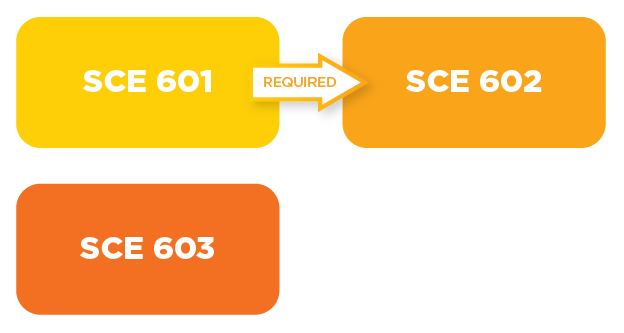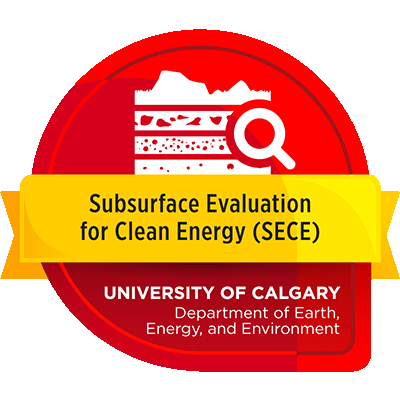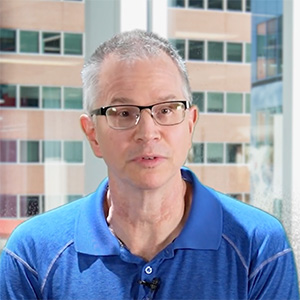This microcredential introduces you to technical, social, economic and regulatory aspects of clean energy pathways (CEPs) using the subsurface.
Learn about different CEPs, including carbon capture and storage, hydrogen production and storage, geothermal energy, and critical elements needed to support the clean energy transition.
Explore how geological, petrophysical, geochemical, geophysical, and engineering subsurface characterization methods can be used to evaluate CEP potential.
Discover how energy transition challenges also come with real opportunities for innovation, research and development. Clean energy systems could take many forms depending on resources and geological conditions, and emerging components of energy systems will rely on new technologies and practices to engineer the subsurface.
A major technological revolution is taking place with a transition to low-carbon industries, economies, and lifestyles. There is a growing demand for clean energy sources and environmentally sustainable energy resource development to reach the target of net-zero CO2 emissions by 2050 (Government of Canada).
Clean energy benefits the environment, industry, and generations to come.
By completion of this program, successful students will be able to:
- Explain and map multiple CEPs using the subsurface
- Recognize CEPs' challenges (technical, public perception, regulation, economics) and opportunities
- Describe subsurface characterization methods and identify how they can be used to evaluate CEP potential
This project was made possible by funding from the Government of Alberta.
This program is perfect if you...
- Work, or aspire to work, in the emerging clean energy field
- Are a geoscientist, engineer, technologist or other hydrocarbon industry professional interested in exploring new opportunities in clean energy
- Want to work on new approaches that support the sustainable use and development of clean energy pathways
Recommended course path
SCE 601 and 603 can be taken at any point in the program. SCE 602 requires SCE 601 as a prerequisite.


What will I get?
Students who complete this program will receive a Digital Badge.
Program Introduction
An introduction to the Subsurface Evaluation for Clean Energy (SECE) Microcredential with Chris Clarkson, Ph.D.
Program details
Online
Courses in this program are delivered online. Synchronous components of the courses are scheduled at convenient times over lunch hours, allowing for participants that are currently employed to attend. Asynchronous components of the courses allow you to complete the program at a pace that fits your life.
You should plan on studying and working approximately 4 hours per week per course.
Online learning fits into busy schedules by taking the learning experience out of the traditional classroom. Students have online access to instructors, fellow learners, and learning materials.
Before taking your first online course, we recommended taking our free course: Digital Skills for Learning Online
3 Courses, 45 Hours
All Continuing Education programs are developed with part-time learners in mind. Subsurface Evaluation for Clean Energy is a 45-hour program.
The length of time it takes to complete this program varies by student. All three courses in one program cohort will be completed in 12 weeks.
$1,657
The approximate cost to complete Subsurface Evaluation for Clean Energy is $1,657.
You do not require a degree or diploma to apply for admission to this program. You can take individual courses to start, and apply later.
To apply, you must meet the following requirements:
- 18 years of age or older
- Grade 12 diploma (recommended)
- Relevant work experience (recommended)
- If English is not your first language, you must meet the English language proficiency requirements
Students will be automatically admitted when they register for SCE 601 Clean Energy Pathways using the Subsurface or SCE 603 Regulatory, Economic, Indigenous and Public Perception Aspects of Clean Energy.
It is the student's responsibility to ensure all requirements for graduation are fulfilled.
See Graduation for details.

